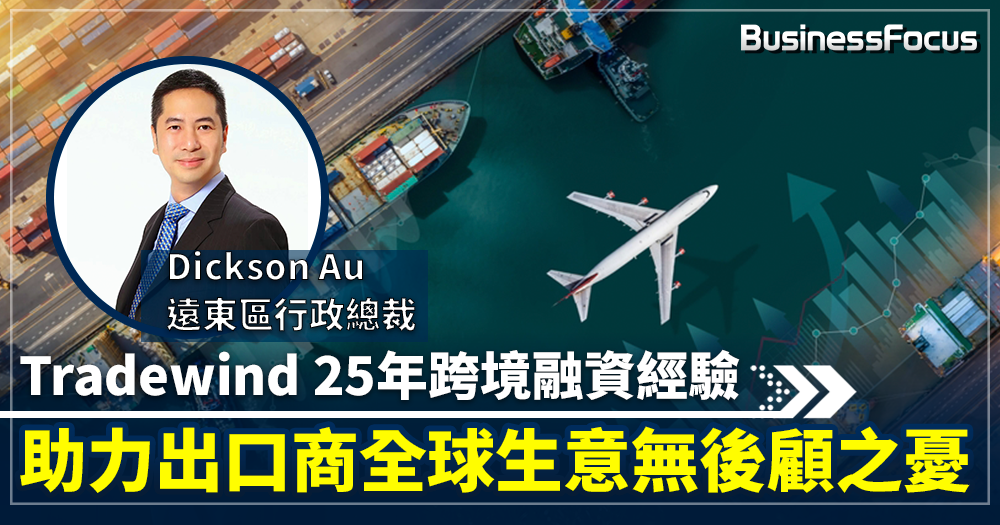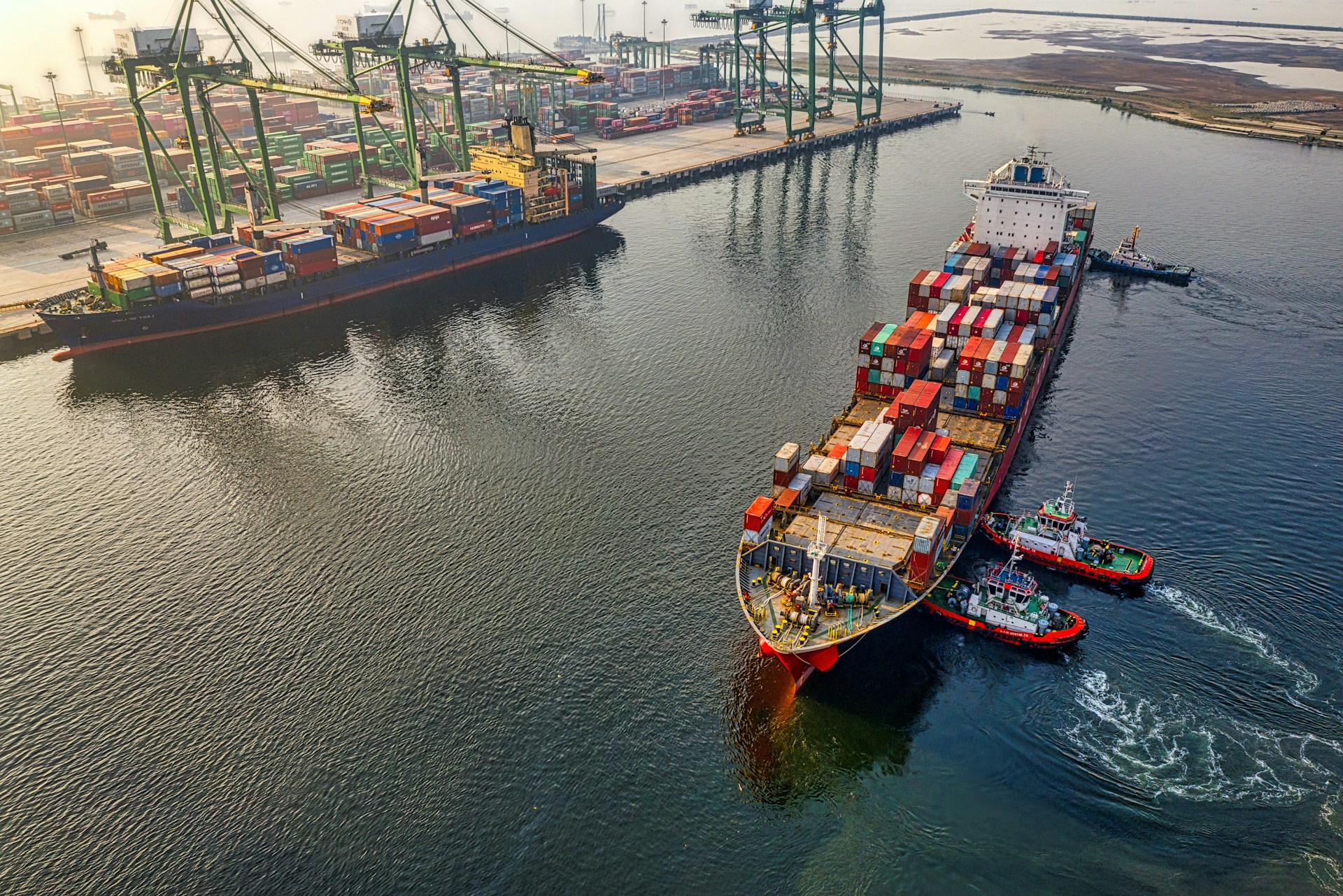Your shoe business is growing exponentially. As an entrepreneur, you decide it is time to expand your business outside of your home country. Before you agree to terms on your first shipment, there are key components you should consider regarding exporting. Not only is understanding how the export process works essential, but you also need to know how international trade finance companies can help facilitate your success as an exporter.
Understanding the Export Process
To avoid possible problems in the allowance of your merchandise to foreign countries, it’s strongly recommended you know the rules and procedures of the country you are exporting to before shipping your merchandise. Also, it would benefit you to familiarize yourself with any entry requirements. These are specific to the commodity you are exporting as well as to other federal agencies you’re dealing with.
For example, most countries have specific definitions of how footwear is classified. When you classify footwear, it’s necessary to identify what type of shoe it is and any particular purpose it might have. Not adhering to these guidelines could have your shipment stopped at the point of entry—meaning you will lose money on the shipment, fees you may incur to get your product back and not to mention an upset buyer who is out a shipment of shoes.
Once you have a primary understanding of the export process, you will want to price your exports appropriately.
Export Pricing for Success
Pricing your product correctly, giving accurate and complete quotations, selecting the terms of the sale, and choosing the payment method are four crucial elements in creating a profit from your shoe business. Of these elements, pricing may be the most challenging because of various market forces and pricing structures in other countries.
The key elements that determine a successful export pricing strategy include assessing your company’s foreign market objectives, competition, market demand, and product-related costs. Additional factors to examine are transportation, taxes and duties, insurance, sales commissions, and financing.
To assist you in developing an export pricing strategy, consider:
- The type of market positioning or customer perception you want to convey for your company from its pricing structure.
- The export price accurately reflects the quality of your products.
- The price is competitive.
- The type, if any, of discounts—such as cash, trade, quantity, and allowances such as trade-offs or advertising—your company offers its overseas customers.
- Different pricing based on various market segments.
- As your company’s costs increase or decrease, the available pricing options.
- The demand for your footwear in the foreign market.
Once you have thoroughly examined these considerations, you will be able to determine if exporting is a financially viable option for you.
Ensuring the Success of Your Shoe Business with Tradewind
Once you have gone through the process of setting up your business for exporting, it’s time to find your customers and start shipping. There are a few issues that may arise once you start dealing with buyers. For example, you have a customer who has ordered product but will not pay until the merchandise is received. The problem is you must pay to have the goods shipped before you can receive payment. With your cash tied up in other parts of the business, this presents a significant issue for your growth.
However, Tradewind, a leading international trade finance company, can solve short-term cash flow issues with their export factoring services. Export factoring is a means to keep the business cycle flowing. When you ship goods to a customer who will not pay until shipment is received, Tradewind provides the funds needed so you can ship, and your client can receive, the shoes they ordered.
Tradewind Finance purchases your business’ accounts receivable for an advance of up to 95% of the full invoice value. Then, as your partner, they collect the total amount from your customer once the invoice reaches maturity. Once your buyer pays the total invoice in full, they send you the remaining balance. They also eliminate your trade risk through their non-recourse factoring services, providing you with credit protection to ensure your export business thrives.
Growing Your Business
Tradewind solves your cash flow issues when they arise, and you will have a local expert that can assist you in complying with the regulations of each country in which they operate. Tradewind is a partner that will grow alongside you, ensuring the bills are paid and thereby alleviating your concerns on this so you can concentrate on product development and other aspects of running your business.



